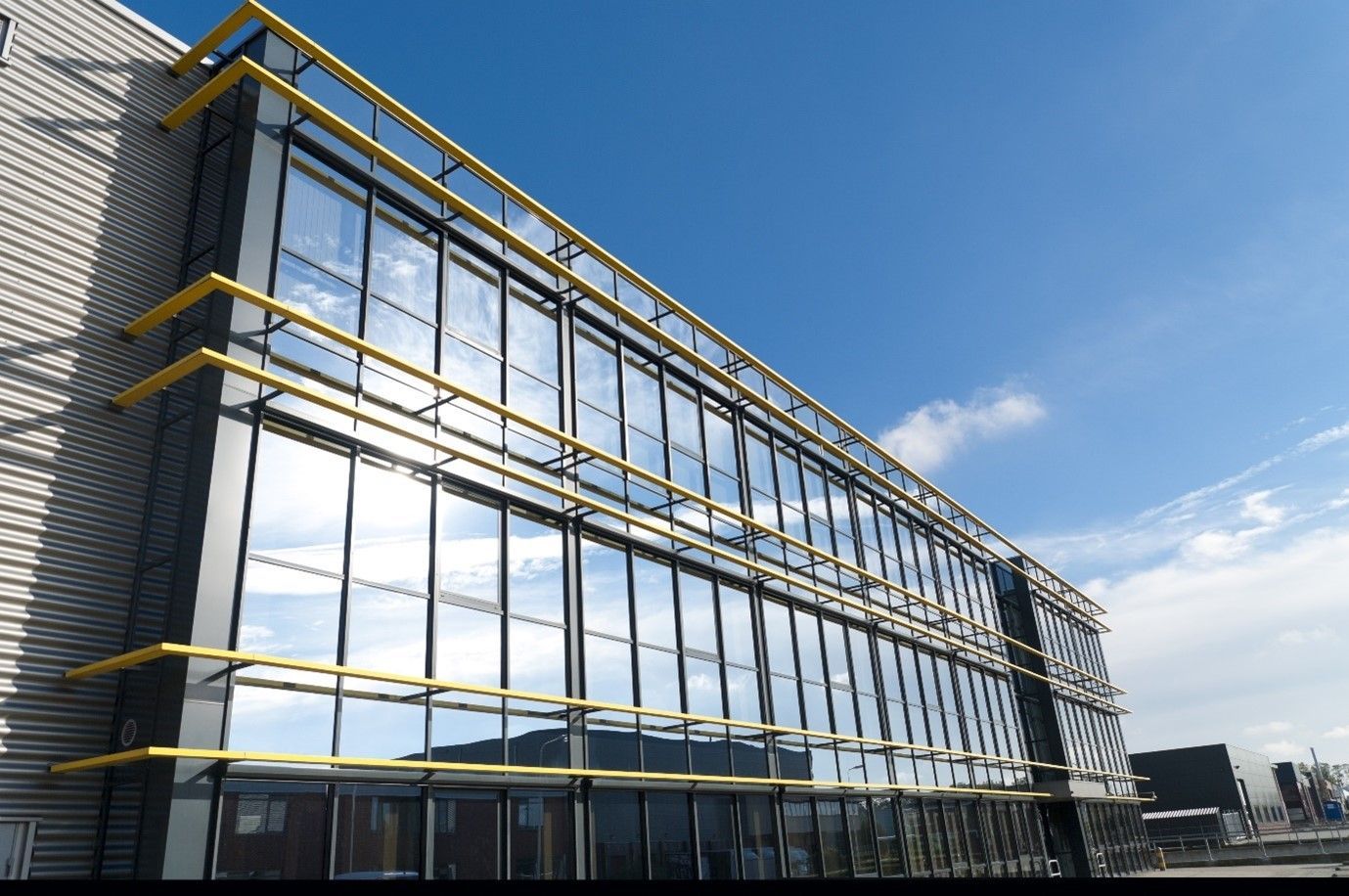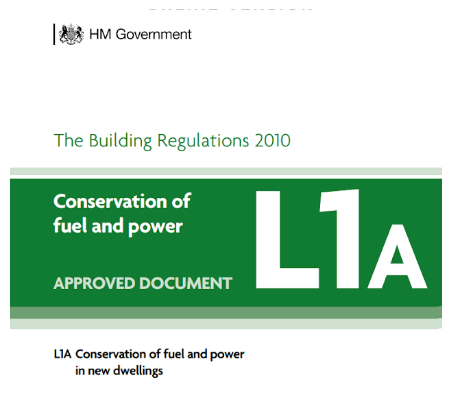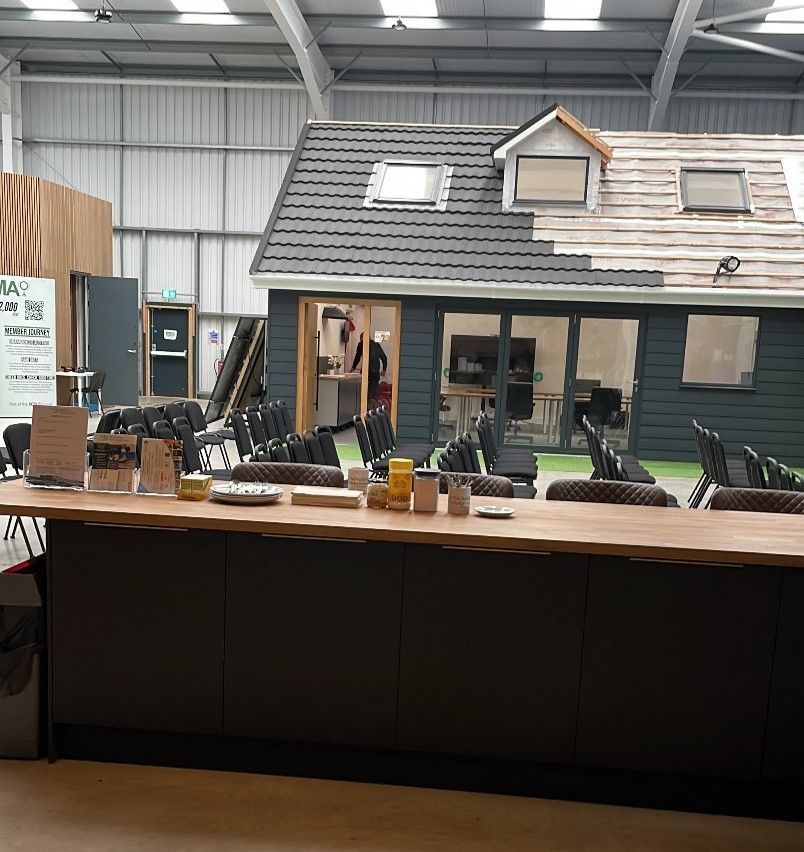Blog Layout
What is the dwelling emissions rate and how is it used?
Takumi Sloan • April 26, 2021
The dwelling emission rate is the annual CO2 emissions from all new dwellings and is expressed in kilograms per square meter of floor area (kg/m²). The quantity is calculated in accordance with the applicable regulatory document and expressed in kilograms per unit floor area to two decimal places, is known as the Dwelling Emissions Rate, or DER. In another sense, the DER is equal to the annual CO2 emission per unit of floor area for, space heating, water heating, ventilation, and lighting less the emission that could be saved from renewable technology.
The dwelling emissions rate is used within SAP ‘Standards Assessment Procedure’ and will be conducted by an SAP assessor or on construction domestic energy assessor. Just so it is clear the SAP assessor and the on construction energy assessors are the same people but they can be called two different things.
The SAP will also produce a target emissions rate ‘TER’ which is also expressed kilograms per square meter of floor area (kg/m²) but uses a notional specification which is defined within the Building Regulations Part L1A documents. The DER is then compared to the TER and provided the DER is lower then the TER compliance is demonstrated.
The SAP is an independent calculation is does not take account of specific individual characteristics of a household or the specific occupiers living in the dwellings. For example,
• The household size and composition is ignored
• Ownership and efficiency of an individual particular domestic electrical appliance
• Individual heating patterns and temperatures.
Once the specific dwelling has been entered into SAP and all the relevant u-values for the floor, walls and roof, heating system, ventilation system, design air permeability score and any renewable technology this will provide the dwelling an dwelling emissions rate DER which is compared to the target emission rate TER. Provided the DER score is below the TER then compliance with Part L1A
Conservation of fuel and power.
If however, the dwelling emission rate was higher than the target emission rate the SAP assessors could provide and run multiple options on ways compliance could be regained. Better u-values
Ashby Energy Assessors Blog and News

By James Rivers
•
November 20, 2024
Biodiversity Net Gain (BNG) is an approach designed to leave the natural environment in a better state than before. It requires developers to assess the impact of their projects on local ecosystems and take active steps to ensure that the biodiversity is not only preserved but enhanced. As environmental concerns have gained more attention, BNG has emerged as a vital framework for mitigating the negative effects of development on nature, offering a systematic way to restore and improve ecosystems. This is particularly important in the local context, where urbanization and development often place heavy pressure on biodiversity.

By Venkat Puthineedi
•
October 10, 2024
Energy efficiency requirements for new homes and non-domestic buildings are set by Part L (Conservation of Fuel and Power) and Part 6 of the Building Regulations 2010 (“the Building Regulations”). The consultation paves the way for achieving the Future Homes Standard and Future Buildings Standard. It explores technical proposals for changes to the Building Regulations, the associated Approved Document guidance and calculation methods.
Contact Us
Thank you for contacting us.
We will get back to you as soon as possible
We will get back to you as soon as possible
Oops, there was an error sending your message.
Please try again later
Please try again later
Directory
Contact Information
01476 870504
info@ashbyenergy.co.uk
Ashby Energy Assessors Ltd
Head Office
Landrace Lodge
Friars Well Estate
Wartnaby
Melton Mowbray
Leicestershire
LE14 3HQ
© 2025
All Rights Reserved | Ashby Energy Assessors | Design & Build By Kangaroo UK



